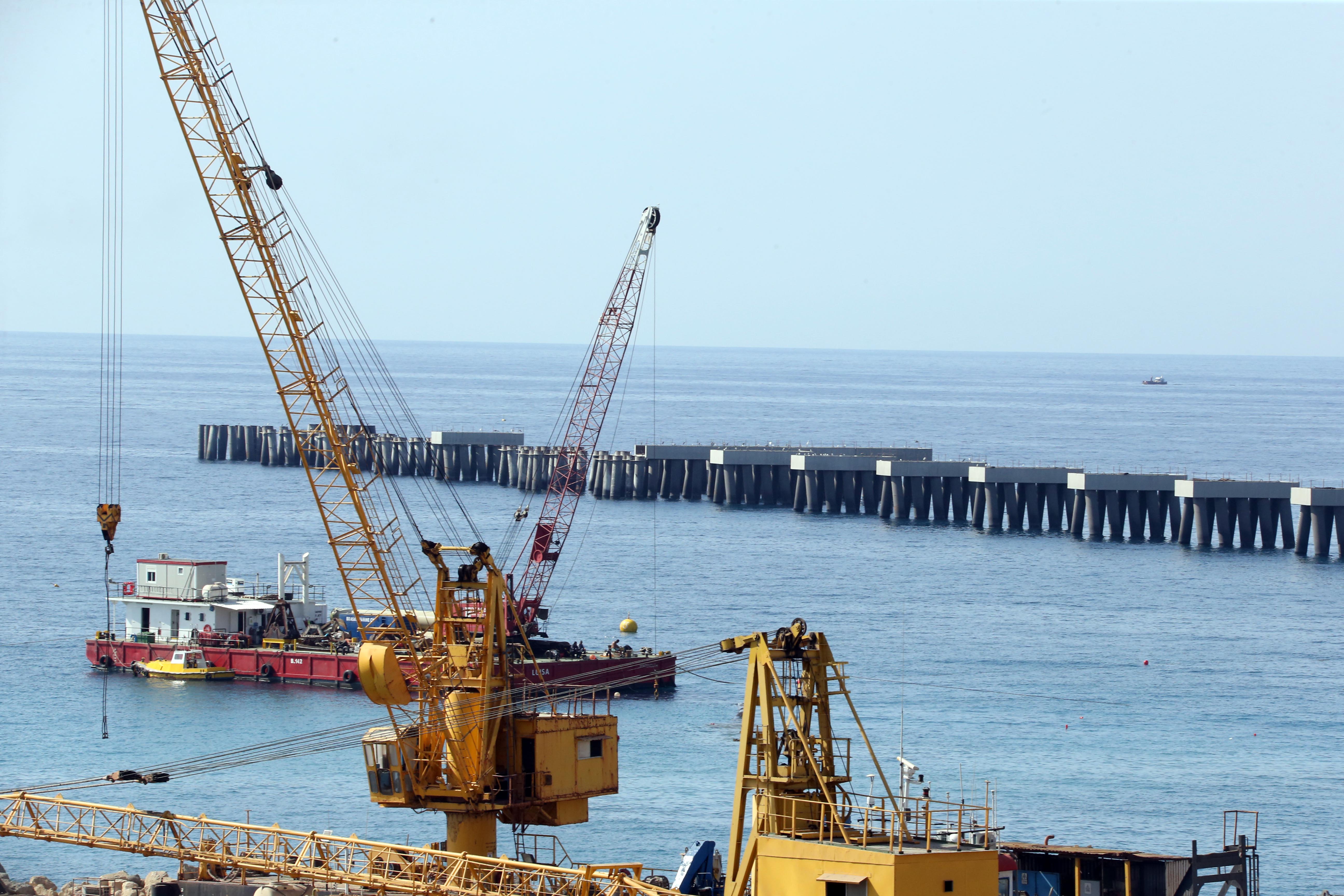The construction of a new anchorage and the installation of two subsea pipelines for liquefied petroleum gas (LPG) at the Zygi (Vasilikos) marine zone is now expected to finish by mid-February 2026, the Cyprus ports authority (CPA) announced on Tuesday.
The update follows the release of a special report by the audit office on the contract and oversight of the project. The CPA stated that the scheme has reached about 60 per cent of its estimated completion timeline.
According to the authority, all points raised in the audit office’s report have already been addressed in a written response submitted to the service. The full reply appears in the special report between pages 53 and 66. The CPA said the correspondence sets out clarifications on contract procedures, technical matters, and project supervision.
The authority explained that, due to the nature of the work and the hazardous load involved, it has signed at least seven additional contracts with specialist consultants. These include engineers, technical inspectors, classification experts, environmental advisers, risk analysts, and health-and-safety specialists. Their role is to support the safe and efficient delivery of the project and its future operation.
The CPA said it remains in regular contact with the transport and energy ministries as well as with the consortium representing oil companies operating in the area. These discussions cover progress updates, safety requirements, and coordination between the public and private sectors.
Officials stressed that the project is a highly specialised offshore engineering task and not common within Cyprus. It is considered necessary for the safe unloading of LPG at Vasiliko, where the fuel companies’ facilities were relocated from Larnaca. Although the infrastructure serves the operational needs of the oil-company consortium, the CPA undertook the work in line with a relevant cabinet decision.
The authority added that it takes all recommendations seriously and applies corrective measures where possible. It said this approach will continue for ongoing tenders and future procurement procedures, in line with the guidance provided by the audit office.







Click here to change your cookie preferences